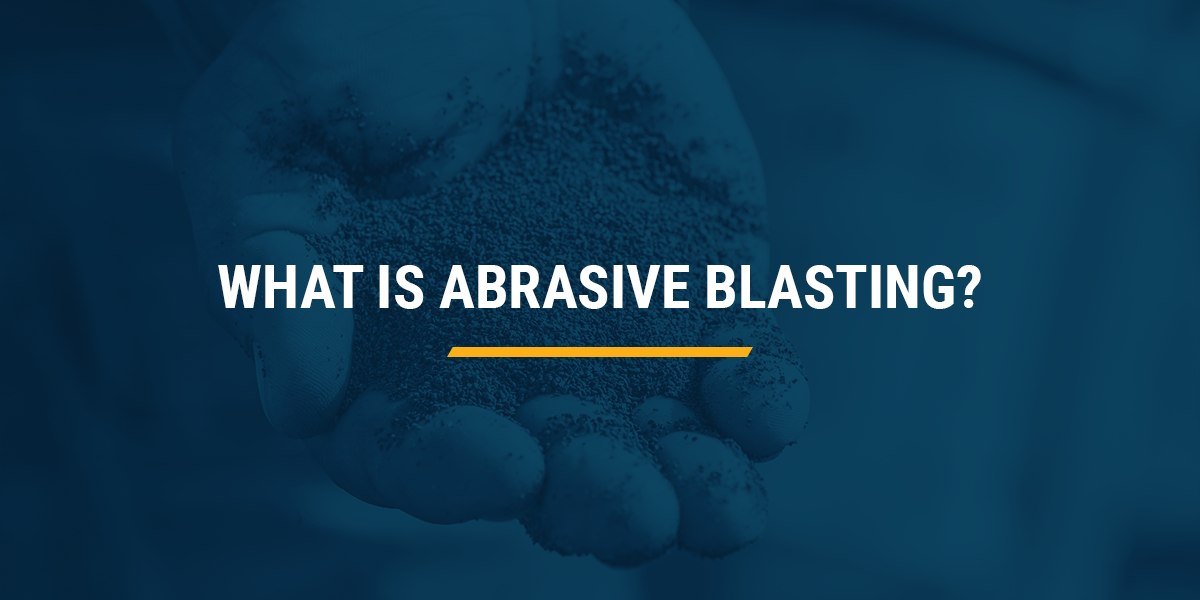If your business involves working with metals like steel or aluminum, you may have encountered challenges related to surface cleanliness and preparation. Whether it's dirt, rust, old coatings, or other contaminants, these substances can interfere with the effectiveness of subsequent finishing processes. That’s where abrasive blasting comes in — a fast, efficient, and versatile solution for surface cleaning and preparation. Abrasive blasting is a widely used surface treatment method that involves propelling a stream of abrasive material at high pressure onto a workpiece. This process helps remove unwanted materials, smooth or roughen surfaces, and prepare substrates for painting, coating, or other finishing techniques. There are many types of abrasive media available, each suited for different applications. Choosing the right one depends on the material being treated, the desired finish, and the level of aggressiveness required. Finishing Systems offers a comprehensive guide to help you select the best blasting media for your specific needs. It's important to note that while the terms "sandblasting" and "abrasive blasting" are often used interchangeably, traditional sandblasting is not always the best option. Sand contains silica, which can be harmful when inhaled, and it tends to be less efficient than alternative abrasives. Many industries now prefer safer and more effective options such as glass beads, steel shot, or even biodegradable materials. Contact Us Abrasive blasting offers numerous advantages for manufacturers and surface finishers: Abrasive blasting typically uses compressed air to propel abrasive media at high speed toward the surface. This method can generate a lot of dust, so it's essential to isolate the area and ensure proper ventilation. Here's a step-by-step overview: Dry blasting relies on the impact of abrasive particles to clean and prepare surfaces, while wet blasting uses a mixture of water and abrasive media. Wet blasting is often preferred for achieving a finer finish, as the water helps reduce dust and prevents overheating. However, dry blasting is better for removing heavy buildup and debris. Dry blasting systems can either use a pressure pot or a suction system. Pressure pots are more powerful and suitable for larger abrasives, while suction systems are easier to handle for smaller jobs. Wet blasting systems use a slurry pump to mix water and abrasive, offering consistent performance and reduced dust exposure. Before starting an abrasive blasting project, there are several factors to keep in mind to ensure safety, efficiency, and cost-effectiveness. Maintaining the correct air pressure behind the nozzle is crucial. Aim for around 110 psi, but anything above 100 psi should work efficiently. Lower pressures will slow down the process and increase material waste. Always wear full PPE, avoid using silica-based materials, and never operate in confined spaces without proper ventilation. Keep the area clear of people and objects, and consider formal training to improve technique and safety awareness. Maintain your equipment regularly by replacing worn nozzles and cleaning between projects. Follow manufacturer recommendations for part replacements to ensure optimal performance and longevity. Create a well-ventilated workspace and choose the right blast hose size for your equipment. Undersized hoses can reduce pressure and lead to inefficiency and wasted media. Choose from a variety of abrasive media, including glass, ceramics, plastics, metals, natural materials, and specialty options like dry ice. Each has unique properties and is suited for different applications. Consider specialized techniques such as micro-blasting for intricate work, wheel blasting for heavy-duty tasks, or shot blasting for deep cleaning. These methods can enhance the results depending on your project needs. With over 50 years of experience, Finishing Systems has helped countless businesses achieve superior manufacturing results. From advanced equipment to expert guidance, we provide tailored solutions to meet your unique needs. Contact us today to learn more about our abrasive blasting services and how we can support your next project. Tape Dispenser,Clear Tape,Adhesive Tape Dispenser Ningbo Hinix Hardware Industry & Trade Co., Ltd , https://www.hinixpack.com
What Is Abrasive Blasting?
Updated: April 16, 2024
A Breakdown of Abrasive Blasting
What Are the Benefits of Abrasive Blasting?
The Abrasive Blasting Process
Dry vs. Wet Blasting: What’s the Difference?
Key Considerations Before Your Next Project
Boost Productivity
Prioritize Safety
Why Choose Finishing Systems?
What Is Abrasive Blasting?
